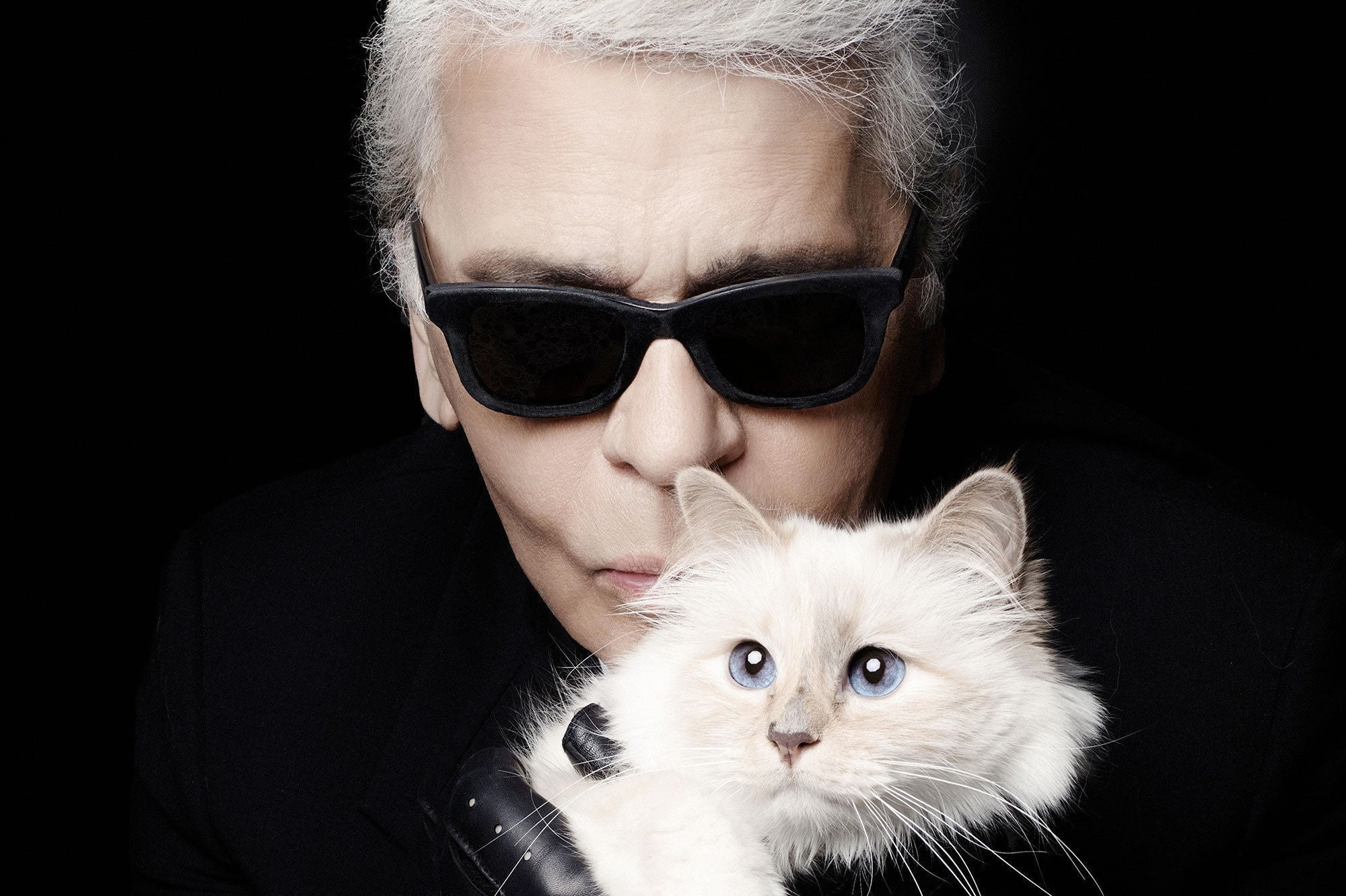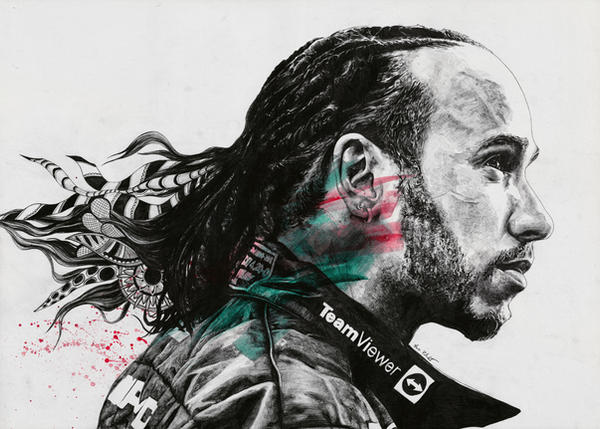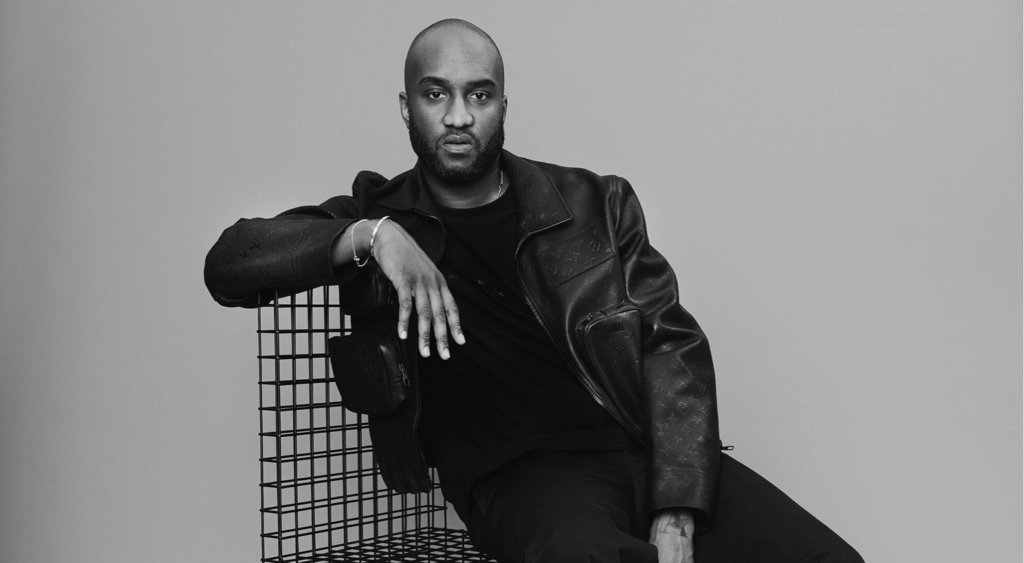The Early Years: From Humble Beginnings to Fashion Prodigy
Karl Lagerfeld, one of the most iconic visionaries in the fashion world, was born in Hamburg, Germany, on September 10, 1933. From an early age, Lagerfeld exhibited a keen interest in design, art, and fashion. Growing up in a well-to-do family allowed him the freedom to pursue his creative passions, which would eventually lead him to the pinnacle of the fashion industry.
The first significant milestone in Lagerfeld’s career came in 1954 when he participated in the International Wool Secretariat’s design competition. His submission, a sophisticated wool coat, won first prize and garnered the attention of prominent fashion houses. This recognition marked the beginning of Lagerfeld’s illustrious career, as it opened doors to the exclusive world of high fashion.
Following his competition win, Lagerfeld was offered a position at Pierre Balmain, one of the leading fashion houses of the time. As an apprentice to Balmain, Lagerfeld honed his skills and gained invaluable experience in haute couture. His natural talent and relentless work ethic soon earned him a promotion to the role of assistant, and later, an associate designer. These early years at Balmain laid the foundation for Lagerfeld’s innovative approach to fashion design.
In 1958, after three years with Balmain, Lagerfeld moved to Jean Patou, where he continued to develop his unique style and aesthetic. At Patou, Lagerfeld’s designs began to gain recognition for their elegance and modernity, further solidifying his reputation as a rising star in the fashion industry. His time at Patou was marked by experimentation and growth, allowing him to refine his vision and establish himself as a fashion prodigy.
Karl Lagerfeld’s early years were characterized by a combination of natural talent, hard work, and fortuitous opportunities. His journey from a young boy in Hamburg to a celebrated designer was just the beginning of a career that would leave an indelible mark on the world of fashion.
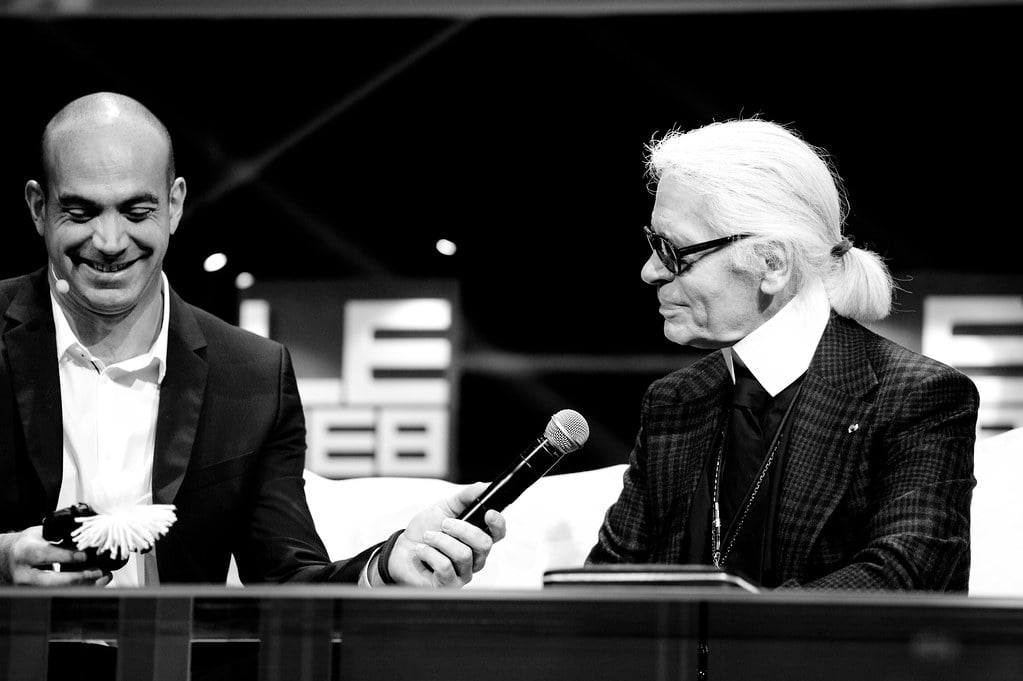
In the early stages of his illustrious career, Karl Lagerfeld made a significant move to Paris, a city renowned as the epicenter of fashion and creativity. This relocation marked the beginning of Lagerfeld’s profound impact on the fashion industry, particularly through his work with prestigious fashion houses like Balmain and Patou. Joining Balmain as an assistant to Pierre Balmain himself, Lagerfeld quickly demonstrated his exceptional talent and innovative design sensibilities. His tenure at Balmain provided him with invaluable experience and exposure, allowing him to hone his skills and gain a deeper understanding of haute couture.
At Balmain, Lagerfeld was instrumental in the creation of numerous collections that were celebrated for their elegance and sophistication. His ability to blend traditional Parisian chic with modern elements became a hallmark of his design philosophy. However, Lagerfeld’s journey was not without its challenges. Navigating the competitive and often unforgiving world of high fashion required resilience and a relentless pursuit of excellence. His time at Balmain laid the groundwork for his future endeavors, teaching him the importance of precision, craftsmanship, and innovation.
Following his success at Balmain, Lagerfeld transitioned to Jean Patou, where he further solidified his reputation as a visionary designer. At Patou, Lagerfeld’s creativity flourished, and he introduced groundbreaking designs that pushed the boundaries of conventional fashion. His work was characterized by bold silhouettes, intricate detailing, and a keen sense of luxury. Despite facing criticism and skepticism from traditionalists within the industry, Lagerfeld remained steadfast in his vision, continually pushing the envelope and redefining what was possible in fashion.
These formative years in Paris were pivotal in shaping Lagerfeld’s design philosophy and artistic identity. His experiences at Balmain and Patou not only established him as a formidable force in the fashion world but also laid the foundation for his future successes. Lagerfeld’s contributions to these iconic brands were instrumental in their evolution, and his innovative approach to fashion continues to inspire designers and fashion enthusiasts around the globe.
In 1983, Karl Lagerfeld took on the formidable task of revitalizing the House of Chanel, a brand that had been synonymous with luxury and elegance but was, at the time, experiencing a decline in its innovative edge. Lagerfeld’s vision for Chanel was both respectful of its storied past and daringly modern. By skillfully blending iconic Chanel elements with contemporary trends, he succeeded in breathing new life into the brand, ensuring its relevance and desirability for decades to come.
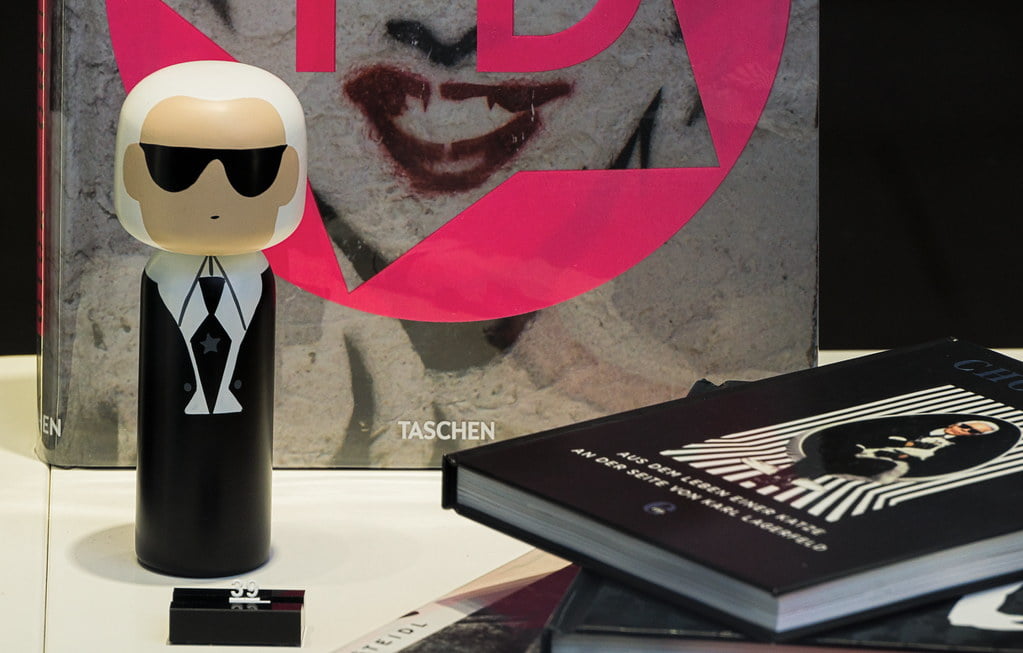
Lagerfeld’s approach was multifaceted. He retained the timeless elegance of Chanel’s foundational designs, such as the little black dress and the tweed jacket, while infusing them with modern twists that appealed to a new generation. His ability to reinterpret classic Chanel motifs, like the interlocking ‘CC’ logo and the camellia flower, in fresh and unexpected ways, was instrumental in the brand’s revival. Lagerfeld’s collections often juxtaposed traditional craftsmanship with avant-garde aesthetics, creating a harmonious blend that resonated with both long-time Chanel aficionados and new, younger audiences.
Moreover, Lagerfeld was a master of storytelling through fashion. Each collection was not just a series of garments but a narrative that connected with people on an emotional level. He brought a theatrical element to Chanel’s runway shows, transforming them into elaborate productions that captivated the fashion world. This innovative approach not only kept Chanel in the spotlight but also ensured that it remained a trendsetter in the industry.
Under Lagerfeld’s direction, Chanel’s marketing strategy also evolved. He embraced digital media and collaborated with popular contemporary artists and influencers, effectively bridging the gap between the brand’s rich heritage and the fast-paced, ever-changing fashion landscape. His ability to foresee and adapt to industry shifts was crucial in maintaining Chanel’s status as a luxury powerhouse.
Karl Lagerfeld’s tenure at Chanel was marked by a delicate balance of honoring tradition while embracing innovation. His visionary leadership not only revitalized the brand but also set a standard for how heritage fashion houses can evolve in the modern era. Through his creative genius, Lagerfeld ensured that Chanel would remain an enduring symbol of style and sophistication.
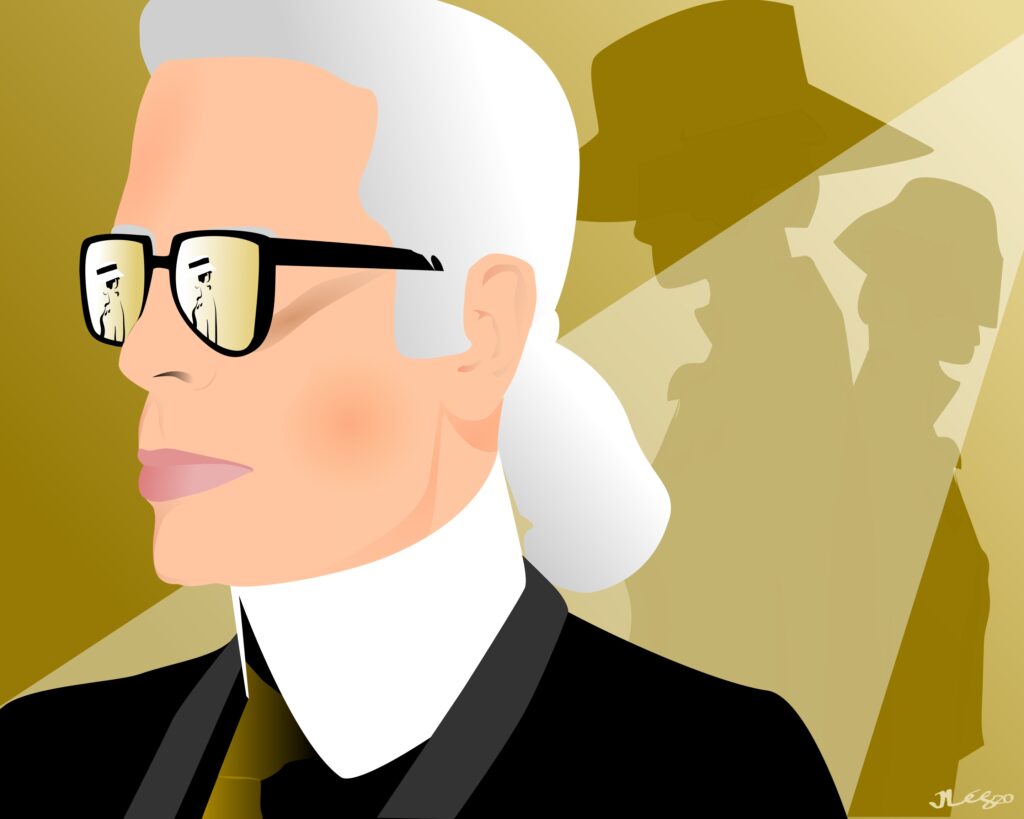
The Fendi Collaboration: Redefining Luxury with Italian Flair
Karl Lagerfeld’s prolific collaboration with Fendi began in 1965, marking one of the longest and most impactful partnerships in the fashion industry. When Lagerfeld joined the Italian fashion house, he brought with him an unparalleled vision that would transform Fendi from a family-run fur and leather shop into an international luxury powerhouse. His tenure at Fendi was characterized by innovative designs, particularly in fur and ready-to-wear collections, which revolutionized the brand’s identity and placed it firmly on the global fashion map.
Lagerfeld’s approach to fur was nothing short of revolutionary. He reimagined traditional fur garments into modern, wearable art that challenged the very notion of what fur could be. By experimenting with techniques such as shaving, dying, and mixing various types of fur, he created pieces that were not only luxurious but also versatile and contemporary. This daring approach to design resonated with a new generation of fashion enthusiasts and established Fendi as a leader in the luxury market.
Beyond fur, Lagerfeld’s contributions to Fendi’s ready-to-wear collections were equally transformative. He introduced a level of sophistication and creativity that elevated the brand’s offerings, ensuring that each collection was met with critical acclaim. His ability to blend Fendi’s Italian heritage with his own avant-garde sensibilities resulted in collections that were both timeless and forward-thinking. Lagerfeld’s designs often featured bold patterns, intricate details, and a seamless fusion of functionality and elegance, which appealed to a global audience.
Under Lagerfeld’s creative direction, Fendi achieved unprecedented levels of prestige and global recognition. His work not only solidified the brand’s status as a symbol of luxury but also set new standards in the fashion industry. Lagerfeld’s legacy at Fendi is a testament to his genius and his ability to continuously redefine what luxury means in the modern world. His contributions have left an indelible mark on the brand, ensuring that Fendi remains synonymous with innovation, elegance, and Italian flair.
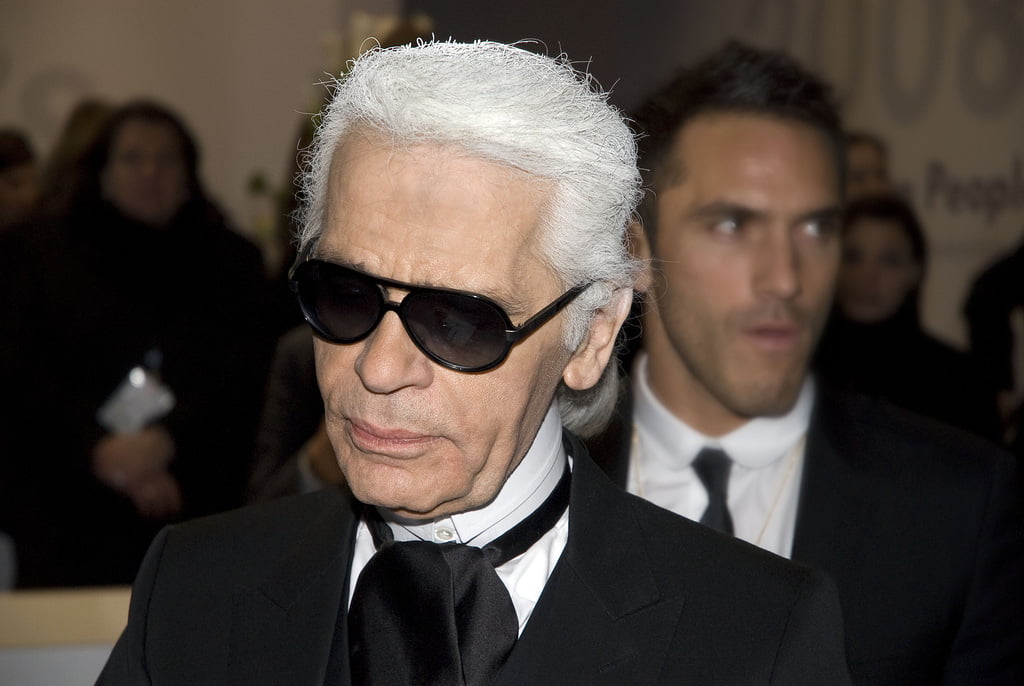
The Signature Style: Karl Lagerfeld’s Unique Aesthetic
Karl Lagerfeld’s personal style was nothing short of iconic, instantly recognizable and deeply influential within the fashion industry. His signature look, often characterized by a striking white ponytail, dark sunglasses, high-collared shirts, and fingerless gloves, was as much a part of his identity as his groundbreaking designs. This carefully curated appearance was not merely a fashion statement but a vital component of his brand, embodying his larger-than-life persona and crafting an indelible image in the minds of fashion enthusiasts around the world.
Lagerfeld’s affinity for monochromatic ensembles, usually in black and white, provided a stark contrast that highlighted his distinctive features and became a visual shorthand for his aesthetic philosophy. His high-collared shirts, often paired with tailored jackets, exuded a blend of classic elegance and modern sophistication, a duality that permeated his work. The dark sunglasses, always present, added an air of mystique and authority, while his fingerless gloves underscored his avant-garde approach to fashion, merging functionality with high style.
This unique personal style was not just about appearance but also a reflection of Lagerfeld’s design ethos. His fashion collections often mirrored his personal wardrobe’s precision, structure, and timeless quality. By maintaining a consistent and highly recognizable look, Lagerfeld not only solidified his own image but also reinforced the visual identity of the brands he helmed, including Chanel, Fendi, and his eponymous label. His personal style became a symbol of innovation and excellence, influencing countless designers and fashion aficionados.
In essence, Karl Lagerfeld’s signature aesthetic transcended mere clothing choices; it was a powerful form of self-expression and brand building. His personal style was a testament to his unwavering commitment to fashion, serving as both inspiration and aspiration within the industry. Through his distinctive look, Lagerfeld left an indelible mark on the world of fashion, one that continues to inspire and captivate to this day.
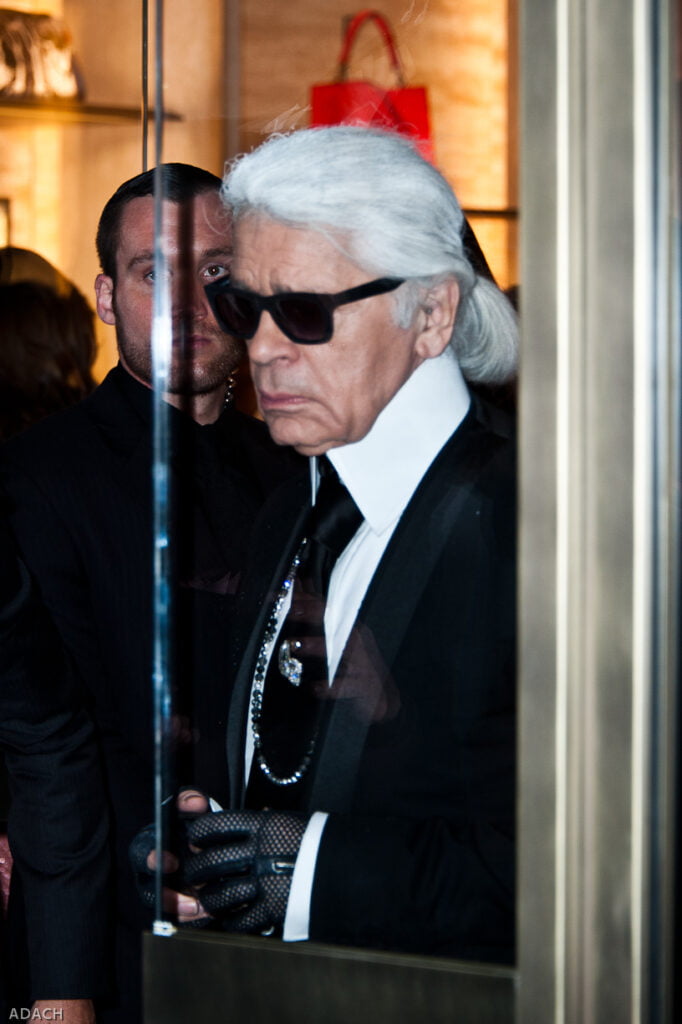
Beyond Fashion: A Multitalented Creative Force
Karl Lagerfeld’s influence extended far beyond the realm of fashion design, showcasing his versatility as a multitalented creative force. His ventures into photography, publishing, and directing underscore his profound impact on the broader creative industry. Lagerfeld’s foray into photography began in the early 1980s and quickly gained momentum, allowing him to capture the essence of his own designs and the works of others through his unique lens. His photography for esteemed publications like Vogue and Harper’s Bazaar not only cemented his reputation as a visionary but also demonstrated his ability to transcend the boundaries of conventional fashion imagery.
In addition to his prolific work as a photographer, Lagerfeld made significant contributions to the world of publishing. His keen eye for detail and narrative storytelling led him to collaborate on various book projects that celebrated the intersection of fashion, art, and history. Lagerfeld’s publications often featured a blend of his photographic work and insightful commentary, providing readers with a deeper understanding of his creative process and the inspirations behind his iconic designs.
Lagerfeld’s talents also extended to the realm of directing, where he applied his distinctive vision to high-profile advertising campaigns and short films. His creative direction for luxury brands such as Chanel, Fendi, and his eponymous label showcased his ability to craft compelling visual narratives that resonated with audiences worldwide. Notable projects include his direction of Chanel’s short films, such as “Once Upon a Time” and “Reincarnation,” which were celebrated for their cinematic quality and innovative storytelling.
Through his multifaceted endeavors, Karl Lagerfeld exemplified the role of a true creative polymath. His work in photography, publishing, and directing not only complemented his contributions to fashion but also enriched the cultural landscape, leaving an indelible mark on the world of art and design. Lagerfeld’s legacy as a multitalented creative force continues to inspire and influence contemporary artists and designers, ensuring his enduring impact on the creative industries.

The Legacy Lives On: Continuing Karl’s Influence in Fashion
Karl Lagerfeld’s death in 2019 marked the end of an era, yet his profound impact on the fashion industry continues to resonate. As the creative genius behind Chanel, Fendi, and his own eponymous label, Lagerfeld’s pioneering vision and innovative approach have left an indelible mark on contemporary fashion. Today’s designers and brands draw inspiration from his work, ensuring that his legacy lives on in myriad ways.
Lagerfeld’s influence is palpable in the collections of many modern fashion houses. His mastery of blending classic elegance with avant-garde elements has become a blueprint for designers striving to balance tradition and innovation. For instance, Chanel, under the stewardship of Virginie Viard, has continued to honor Lagerfeld’s ethos by maintaining the brand’s iconic aesthetic while infusing fresh, contemporary elements. This seamless transition underscores Lagerfeld’s enduring impact on the brand’s DNA.
Moreover, numerous tributes and collections have been dedicated to celebrating Lagerfeld’s legacy. In 2019, the Met Gala, an event Lagerfeld frequently attended and influenced, paid homage to his extraordinary contributions to fashion. Similarly, various fashion weeks have showcased collections inspired by his distinctive style, featuring elements like bold silhouettes, intricate craftsmanship, and a keen attention to detail that were hallmarks of Lagerfeld’s designs.
Additionally, Lagerfeld’s innovative spirit continues to inspire individual designers. His fearless experimentation with materials, techniques, and cultural references has encouraged a new generation of creatives to push the boundaries of fashion. Designers like Alessandro Michele of Gucci and Virgil Abloh of Louis Vuitton have cited Lagerfeld’s work as a significant influence, integrating his visionary approach into their own groundbreaking collections.
Karl Lagerfeld’s legacy is not confined to the garments he created but extends to the very ethos of modern fashion. His relentless pursuit of creativity and excellence has set a standard that continues to inspire and challenge designers worldwide. As the fashion industry evolves, Lagerfeld’s visionary spirit remains a guiding light, ensuring that his influence endures for generations to come.
Karl Lagerfeld, the legendary fashion designer, was renowned not only for his visionary creations but also for his sharp wit and insightful observations. His quotes and anecdotes offer a glimpse into his unique perspective on fashion and life, shedding light on the man behind the mystique.
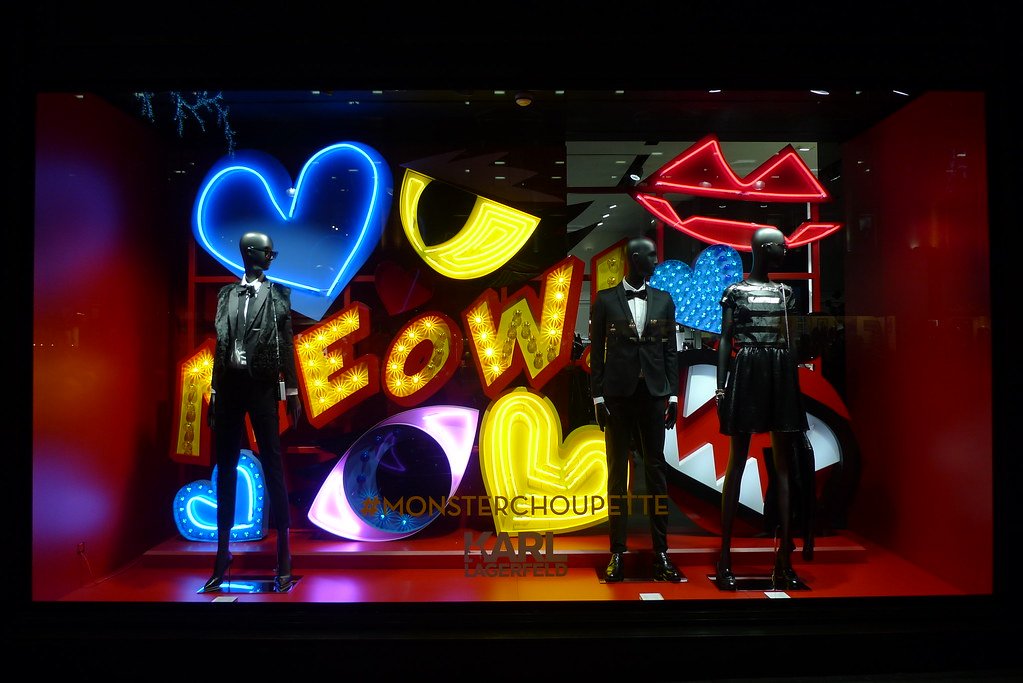
Quotes and Anecdotes: The Wit and Wisdom of Karl Lagerfeld
One of Lagerfeld’s most famous quotes captures his relentless drive for innovation: “Fashion is a game that has to be played seriously.” This statement reflects his belief that fashion is both an art form and a serious business, requiring dedication and constant evolution. His commitment to pushing boundaries was evident in his work at Chanel, where he transformed the brand while honoring its heritage.
In interviews, Lagerfeld’s sharp tongue often made headlines. He once remarked, “Sweatpants are a sign of defeat. You lost control of your life, so you bought some sweatpants.” This quip underscores his belief in the power of personal presentation and the importance of maintaining a sense of style, regardless of circumstances.
Beyond the public eye, those who knew Lagerfeld personally often spoke of his generosity and kindness. Model Inès de La Fressange, a close collaborator, shared an anecdote about his thoughtfulness: “Karl had a way of making you feel like the most important person in the room. He always remembered the little details about your life, which made working with him a joy.”
Lagerfeld’s wisdom extended to his views on creativity and inspiration. He once said, “Don’t look to the past. Always look forward.” This forward-thinking mindset was a driving force behind his ability to stay relevant and innovative throughout his career. His approach to fashion was never about dwelling on past successes but about continually reinventing and pushing the envelope.
Another notable quote from Lagerfeld highlights his pragmatic approach to design: “I’m very down-to-earth. Just not this earth.” This playful yet profound statement encapsulates his ability to merge the fantastical with the practical, creating collections that were both aspirational and wearable.
Karl Lagerfeld’s legacy is not only in the iconic designs he left behind but also in the wisdom and wit he imparted. His quotes and anecdotes continue to inspire and entertain, offering a window into the mind of one of fashion’s most iconic visionaries.
